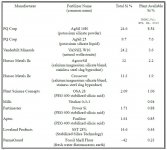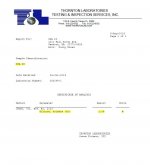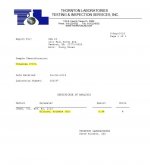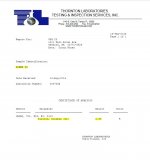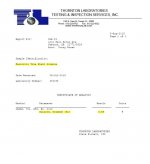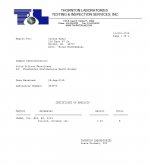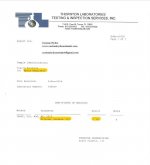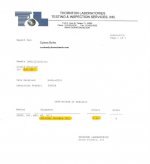You got a reference for that? you are correct that orthosilicic acid isnt soluble at concentrations >120mg/L SiO2 but as i understand it ionic polysilicic acids are highly soluble at pH >10.5 and can reach very concentrated levels not as a colloid.
At high pH I'd think we're talking about the solubility of silicates (yes, ionic ones I presume, but I don't know (care) much about weird silicon chemistry bonding), and we're not talking about acids any more, beyond talking about conjugate acids. The references are pre-60's, in German, by Robert Schwarz, and there's several listed; I don't know which is relevant to that part. I probably have all the articles on disk but I have to go to work tomorrow.
Where I said nearly insoluble, it's not exactly correct but it's not easy to say in other ways - it's only silicic acid when extremely dilute or freshly made (let's not mention pH or the presence of anything else but water), and then you get the polysilicic acids which are not true solutions.

